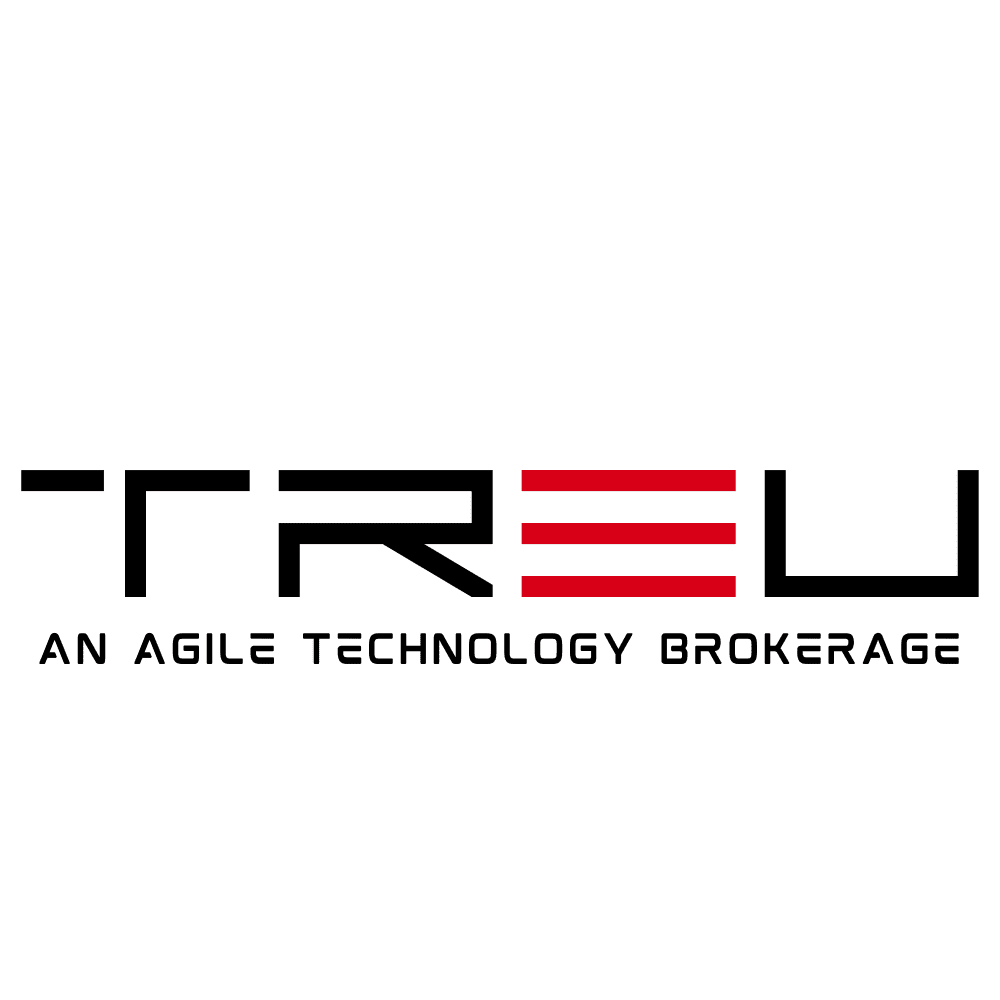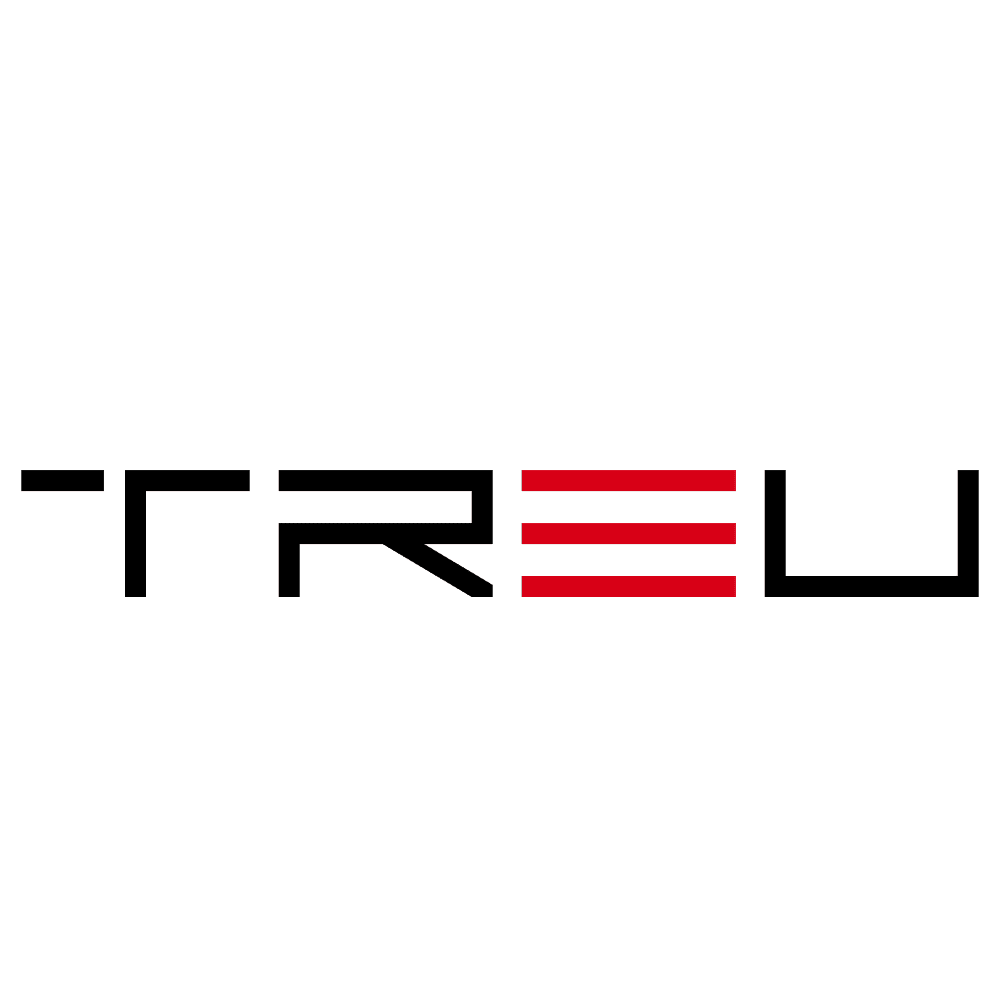“`html
Top CIO Priorities and Tech Trends to Watch in 2025
As we approach 2025, the accelerating pace of digital transformation continues to redefine the role of the Chief Information Officer (CIO). No longer limited to managing IT infrastructure, CIOs are now strategic leaders driving innovation, efficiency, and resilience across organizations. To succeed in this evolving landscape, CIOs must stay ahead of key priorities and emerging tech trends that have the potential to shape the future. Here, we explore the top CIO priorities and the most impactful tech trends to watch in 2025.
CIO Priorities in 2025: Navigating Challenges and Creating Opportunities
Effective CIOs understand that the ability to adapt is critical in a constantly shifting technology ecosystem. In 2025, several key priorities will take center stage, requiring CIOs to balance short-term operational needs with long-term strategy. Let’s dive into the top priorities for CIOs:
1. Driving Digital Transformation at Scale
The digital transformation journey continues to be a primary focus. For 2025, this priority evolves as CIOs shift their attention from individual projects to scaling digital initiatives across the enterprise. Facilitating seamless integration across hybrid cloud environments will become essential to this effort. To drive successful outcomes, CIOs will focus on:
- Empowering collaboration between IT and business teams to align digital tools with business goals.
- Enabling cloud-native technologies to scale innovation.
- Leveraging insights from real-time data analytics to build customer-first strategies.
2. Building Cybersecurity Resilience
With escalating cybersecurity threats, CIOs face increasing pressure to fortify their organization’s digital defenses. Cyberattacks are becoming more sophisticated, impacting both reputation and bottom-line performance. By 2025, forward-thinking CIOs will prioritize:
- Adopting a Zero Trust Architecture to secure access across users, devices, and workloads.
- Implementing AI-driven threat detection and response systems to fight real-time security challenges.
- Engaging in continuous risk assessment and building a culture of cybersecurity awareness across all levels of the organization.
3. Championing Sustainability Through Technology
Environmental, Social, and Governance (ESG) goals have gained momentum across industries, and CIOs are now expected to play key roles in tackling sustainability challenges. By leveraging emerging technologies, CIOs can drive sustainable practices such as:
- Using AI and machine learning to optimize energy efficiency in data centers.
- Adopting cloud infrastructures with green credentials to reduce carbon footprints.
- Enabling solutions that track and reduce environmental impact, such as smart supply chain technologies.
4. Enhancing Workforce Agility and Hybrid Work Models
In an era where the workplace has been forever transformed, CIOs are tasked with creating a frictionless hybrid work environment. A highly productive workforce enabled by agile technologies will be a game-changer. CIOs will center their efforts on:
- Investing in tools that enable collaboration and remote productivity.
- Improving accessibility to training and reskilling programs via tech-enabled learning platforms.
- Providing secure access to critical systems without sacrificing employee efficiency.
5. Maximizing ROI on Technology Investments
As economic uncertainty continues to pressure budgets, CIOs must prove IT investments deliver significant value. This means identifying ways to optimize expenditures on transformative technologies and retiring outdated legacy systems. To achieve these goals, CIOs will increasingly:
- Focus on delivering short-term wins using long-term transformational projects.
- Adopt FinOps techniques to optimize cloud spending and gain cost visibility.
- Integrate robust vendor management strategies to extract the best value from partnerships.
Tech Trends CIOs Should Keep on Their Radar
In addition to operational priorities, 2025 will witness the rapid evolution of cutting-edge technologies that promise to reshape industries. Here are the tech trends that should be front-of-mind for CIOs:
1. Generative AI and Hyperautomation
The adoption of generative AI is expected to soar as organizations look for innovative ways to reduce repetitive tasks and unlock human creativity. Hyperautomation—leveraging AI, machine learning, and robotic process automation (RPA)—will enable businesses to streamline processes and enhance agility. CIOs should evaluate how these:
- Amplify productivity by automating mundane tasks and redeploying human resources toward strategic activities.
- Enhance customer experiences through AI-driven personalization.
- Support rapid prototyping of products and services with generative AI tools.
2. Edge Computing Gains Momentum
Edge computing is expected to gain further traction in 2025, providing faster processing and data analysis closer to where it’s produced. With benefits like reduced latency, improved security, and real-time decision-making, edge computing will prove vital for industries from manufacturing to healthcare. CIOs will focus on:
- Integrating IoT devices with edge systems to process data locally.
- Developing strategies to manage distributed workloads across multi-cloud and edge environments.
- Leveraging edge solutions to enable next-generation applications like autonomous vehicles and smart cities.
3. Quantum Computing on the Horizon
Though still at an early stage, quantum computing is rapidly advancing and could disrupt key industries by offering unimaginable computing power. CIOs in forward-looking organizations will monitor its impact and assess opportunities for scaling use cases like:
- Cracking complex optimization problems in logistics and supply chain management.
- Revolutionizing financial modeling, risk management, and fraud detection.
- Enabling breakthroughs in drug discovery and material science.
4. Blockchain Beyond Cryptocurrencies
Blockchain technology is maturing, with applications extending far beyond cryptocurrencies. In 2025, CIOs will explore its utility in securing data, ensuring transparency, and creating decentralized ecosystems. Key blockchain use cases include:
- Securing and simplifying digital identities.
- Enhancing transparency in supply chain tracking.
- Facilitating smart contracts that reduce dependency on intermediaries.
5. The Internet of Behaviors (IoB)
The Internet of Behaviors (IoB), which uses data to influence user behavior, is poised to make waves in industries like retail and healthcare. By 2025, CIOs will use IoB to help organizations:
- Analyze customer behavior for hyper-personalized marketing efforts.
- Support health initiatives with IoT devices that promote healthier lifestyles.
- Enable predictive analytics that continuously optimize user experiences.
Final Thoughts
The evolving CIO role in 2025 will require leaders to embrace innovation, address risks proactively, and deliver measurable value through technology. By focusing on key priorities like digital transformation, cybersecurity, sustainability, workforce agility, and cost management, CIOs can drive their organizations toward success. Simultaneously, keeping an eye on emerging tech trends such as generative AI, edge computing, quantum advancements, blockchain, and IoB will help ensure that businesses stay competitive in an ever-changing technological landscape.
As 2025 approaches, one thing is clear: the decisions CIOs make today will have profound impacts on the organizations of tomorrow. By leveraging technology strategically, CIOs can remain at the forefront of innovation, foster growth, and build resilience for the future.
“`

